Focus on Patient-Centric Solutions
The Pacemaker Market is increasingly shifting towards patient-centric solutions, emphasizing personalized care and improved quality of life. This trend is driven by a growing recognition of the importance of patient engagement in treatment outcomes. Manufacturers are developing devices that not only meet clinical needs but also enhance the overall patient experience. Features such as smartphone connectivity and user-friendly interfaces are becoming standard, allowing patients to monitor their health more effectively. Furthermore, the emphasis on shared decision-making between patients and healthcare providers is likely to influence product development in the Pacemaker Market. As patients become more involved in their care, the demand for innovative, patient-focused pacemaker solutions is expected to rise.
Rising Incidence of Cardiovascular Diseases
The prevalence of cardiovascular diseases is a critical driver in the Pacemaker Market. As the global population ages, the incidence of heart-related conditions such as arrhythmias and heart block is on the rise. Data indicates that cardiovascular diseases account for nearly 31% of all global deaths, underscoring the urgent need for effective treatment options. This alarming trend is prompting healthcare systems to invest in advanced cardiac devices, including pacemakers, to improve patient outcomes. The increasing awareness of heart health and the importance of early intervention further contribute to the demand for pacemakers. Consequently, the Pacemaker Market is positioned for growth as healthcare providers seek to address the escalating burden of cardiovascular diseases.
Regulatory Support and Reimbursement Policies
Regulatory support and favorable reimbursement policies are crucial factors influencing the Pacemaker Market. Governments and regulatory bodies are increasingly recognizing the importance of cardiac devices in improving health outcomes. Streamlined approval processes for new technologies and favorable reimbursement frameworks encourage manufacturers to innovate and bring new products to market. In many regions, pacemakers are covered under health insurance plans, which alleviates the financial burden on patients and promotes device adoption. This supportive regulatory environment is likely to enhance market growth, as it fosters confidence among manufacturers and healthcare providers. As reimbursement policies continue to evolve, the Pacemaker Market may experience accelerated growth, driven by increased accessibility to advanced cardiac care.
Technological Advancements in Pacemaker Market
The Pacemaker Market is experiencing rapid technological advancements that enhance device functionality and patient outcomes. Innovations such as leadless pacemakers and MRI-compatible devices are gaining traction, addressing previous limitations. The integration of remote monitoring technologies allows healthcare providers to track patient data in real-time, potentially reducing hospital visits. According to recent data, the market for advanced pacemaker technologies is projected to grow at a compound annual growth rate of approximately 8% over the next five years. This growth is driven by the increasing demand for minimally invasive procedures and improved patient comfort. As technology continues to evolve, the Pacemaker Market is likely to witness further enhancements that could redefine treatment protocols and patient management.
Aging Population and Increased Healthcare Expenditure
The aging population is a significant driver of growth in the Pacemaker Market. As individuals age, the likelihood of developing heart conditions increases, leading to a higher demand for pacemakers. In many regions, healthcare expenditure is also on the rise, with governments and private sectors investing more in advanced medical technologies. This trend is reflected in the increasing budgets allocated for cardiac care, which includes pacemaker implantation and follow-up services. According to estimates, healthcare spending is expected to grow by 5% annually, further supporting the expansion of the Pacemaker Market. The combination of an aging demographic and increased healthcare investment creates a favorable environment for the growth of pacemaker technologies.
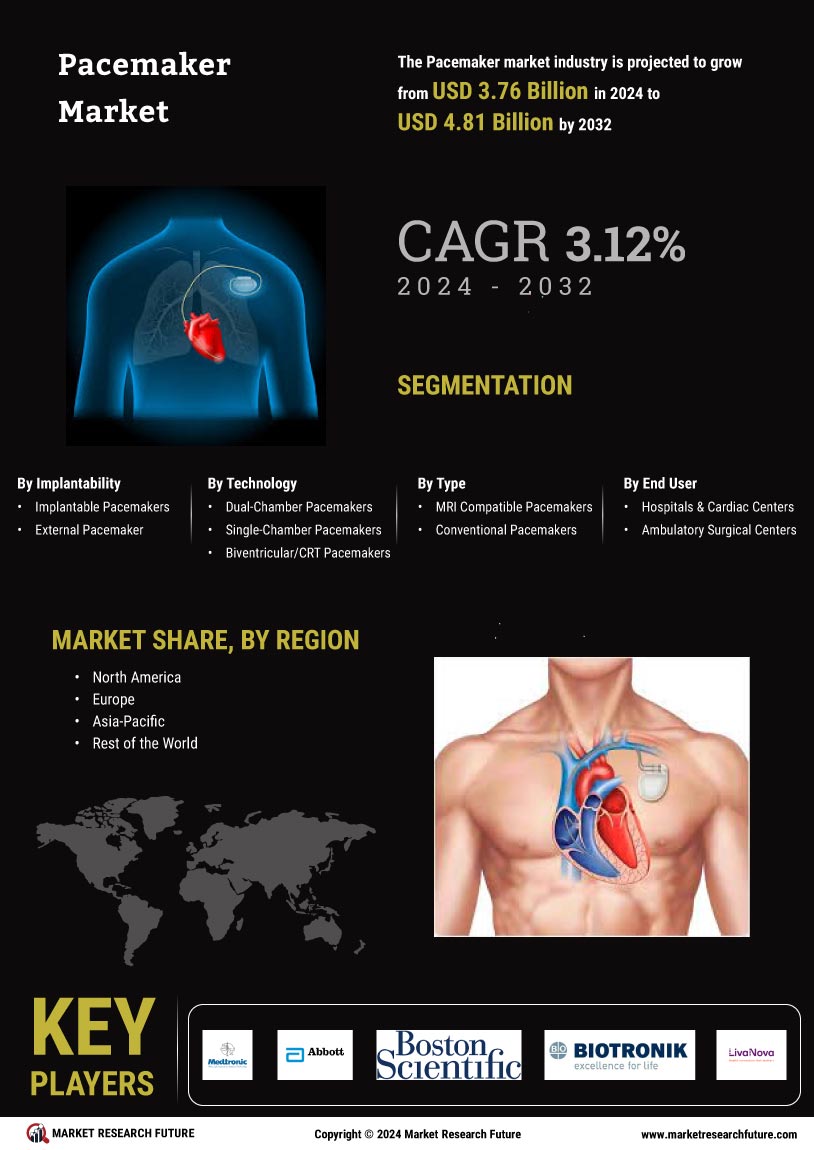

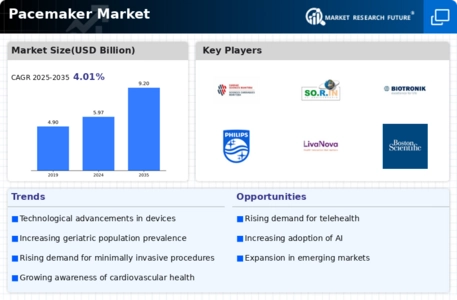

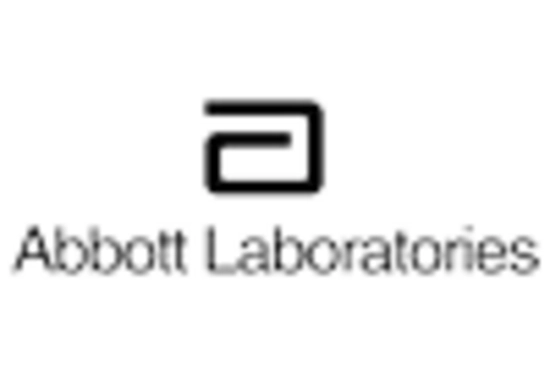
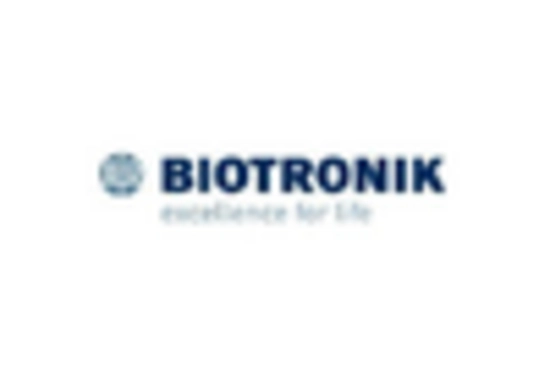
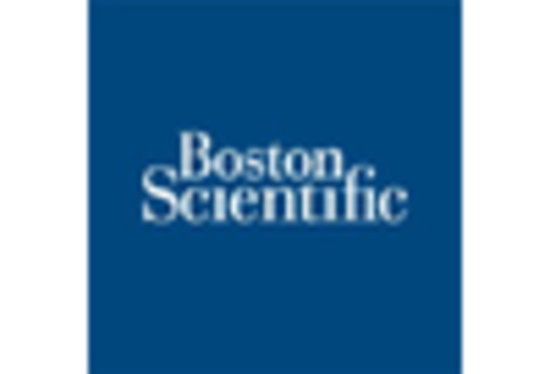











Leave a Comment